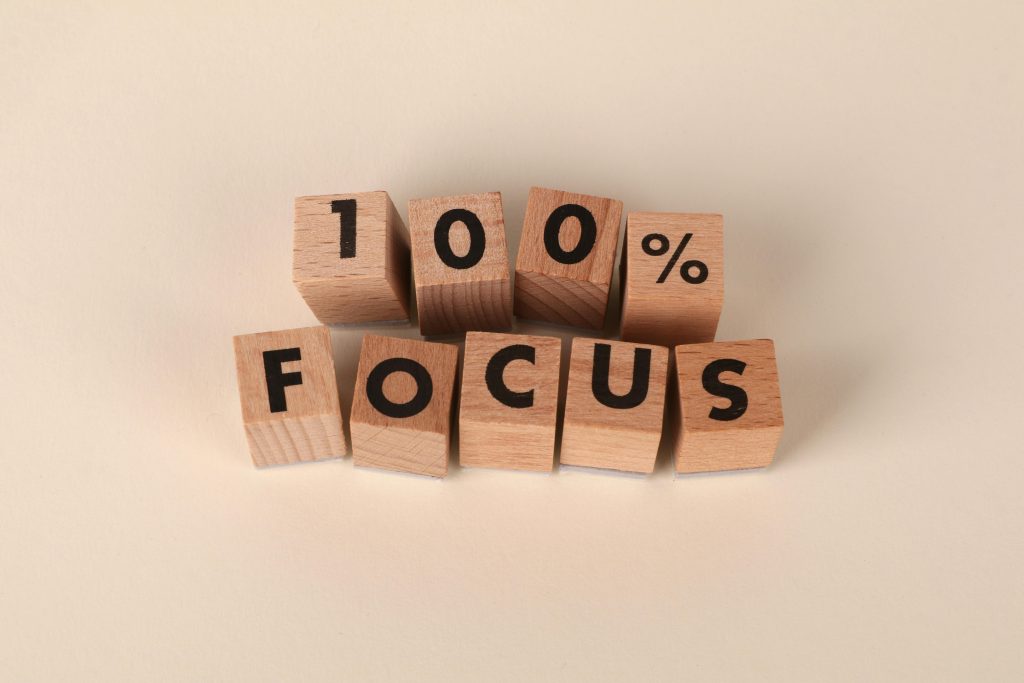The Role of Visual Clarity in Retaining Info
Natalie Brooks July 22, 2025
In an era of information overload, clarity has become a cognitive lifeline. Simply put, the role of visual clarity in retaining info has never been more critical. Whether you’re a marketer, educator, designer, or just someone trying to remember what you read, visuals play a central role in memory formation. With the rise of tools like AI-generated infographics, immersive AR experiences, and minimalistic UI trends, understanding how clean visuals aid memory is vital.
This guide explores why visual clarity matters, how current trends leverage it, and what you can do to make information stick—with visuals that don’t just look good but actually help your brain remember.

Why Visual Clarity Affects Memory
Human brains are wired to process visuals more efficiently than text. We interpret images far faster than we decode written language, and this speed translates into stronger memory retention when visuals are clear and purposeful.
The Picture Superiority Effect
This well-researched phenomenon explains why people are more likely to remember information presented as images rather than text. Visuals are encoded both visually and verbally in the brain, which doubles the likelihood of retention. Studies show people remember 65% of visual information after three days, compared to just 10% of spoken or written content.
Reduced Cognitive Load
When visuals are cluttered or poorly designed, the brain must work harder to process them, leading to cognitive overload. Clean, high-contrast, well-organized visuals reduce mental strain, freeing up brainpower to store the actual content. This is especially important in environments like education or digital products where focus is limited and distractions are constant.
Visual Working Memory Limits
Research in cognitive science shows our visual working memory can only handle a limited number of items at once. Visual clarity helps prioritize what matters, making it easier for the brain to store and recall key information.
Trends That Emphasize Visual Clarity
In recent years, design and learning tools have evolved to embrace the role of visual clarity in retaining info. Let’s look at how this is being reflected in emerging tech and media.
Minimalist User Interfaces
Modern apps and websites are ditching clutter in favor of whitespace, large typography, and simple iconography. This isn’t just an aesthetic decision—it helps users find information quickly and remember where to find it again. The 2025 UX trend reports highlight simplicity and contrast as top priorities for effective digital products.
AI-Driven Infographic Tools
AI design assistants like Canva’s Magic Design or Adobe Firefly are helping users create infographics that are visually clean and aligned with best practices—without needing design expertise. These tools prioritize symmetry, spacing, and hierarchy, all of which contribute to clarity and better memory retention.
Augmented Reality in Education
Studies have shown that immersive AR experiences, when designed with visual clarity in mind, lead to improved comprehension and memory. A recent paper found that AR-infographics reduced memory estimation errors by over 30% when compared with traditional visuals.
Infographics in Schools and Universities
Research from academic institutions confirms that infographics help students retain complex concepts more easily than text-heavy materials. Both interactive and static infographic formats led to improved recall and student engagement in classroom settings.
Principles of Visual Clarity That Aid Retention
Several psychological and design principles support the argument that clear visuals help people remember information better. These principles are now widely adopted across industries.
Simplicity is Power
Removing unnecessary elements from visuals helps eliminate distractions. Over-designed charts, overly ornate fonts, or too many colors can actually reduce comprehension. Instead, minimal design that uses whitespace and contrast directs attention exactly where it needs to go.
Dual Coding Theory
When text is paired with a relevant image, the brain encodes that information in two ways—visually and verbally—making it easier to recall. This is called dual coding. For example, pairing a diagram with a brief label makes the content more memorable than if either element were presented alone.
Hierarchy and Consistency
Using clear hierarchies—like bold headings, subheadings, and bullet points—guides the eye and simplifies navigation. When the structure of the visual matches the structure of the information, the brain has an easier time organizing and retrieving it.
Reducing the Split Attention Effect
When learners have to split their attention between multiple sources of information—like a diagram and a caption that are spatially separated—it impairs memory. Good design places related elements close together, so that the brain doesn’t waste energy shifting focus between disjointed parts.
Practical Ways to Use Visual Clarity Today
Whether you’re building a slide deck, writing a lesson plan, or creating content for social media, you can take simple steps to ensure visual clarity—and improve memory retention for your audience.
- Limit Fonts and Colors: Stick to two fonts and a minimal color palette to avoid cognitive overload.
- Use White Space Generously: It helps separate ideas and reduces visual noise.
- Label Graphs and Charts Clearly: Avoid legends and embed labels directly into visuals where possible.
- Avoid Decorative Distractions: Use visuals to support the message, not to impress with design flourishes.
- Preview on Multiple Devices: Test how your visual looks on mobile and desktop. Poor contrast or crowded layouts often appear worse on smaller screens.
These practices are not only accessible—they’re actionable, especially when paired with modern design tools that prioritize UX and clarity by default.
Applications Across Sectors
Education: Teachers using clear visual aids—especially interactive or dual-coded materials—report better comprehension and engagement in students.
Corporate Training: Businesses that invest in clean, structured visual presentations see improved knowledge transfer in training programs.
Marketing and Social Media: Clear visuals outperform cluttered graphics in nearly every metric—from engagement to sharing and brand recall. Infographics, in particular, are shared three times more often than other types of content.
Healthcare and Scientific Communication: In complex fields, clarity of visuals (e.g., data visualizations, patient instructions) can literally impact lives by improving understanding and compliance.
Looking Ahead: Visual Clarity in a Hyper-Visual Future
With AI creating content at scale, AR becoming mainstream, and data visualization more embedded in daily life, visual clarity is more than a nice-to-have—it’s a competitive edge.
But technology also brings risks: the more immersive or complex a visual becomes, the easier it is to overwhelm the viewer. That’s why principles like dual coding, hierarchy, and simplicity will remain essential even as we explore new formats. Visual clarity acts as the bridge between technology and cognition, ensuring that even the most advanced content remains digestible and memorable.
Conclusion
As attention spans shorten and information overload increases, the role of visual clarity in retaining info becomes increasingly vital. Whether you’re designing a product, teaching a concept, or communicating complex data, the clarity of your visuals directly impacts how well people remember what you’re saying.
Clean design isn’t just good aesthetics—it’s a cognitive tool that improves learning, strengthens communication, and boosts recall. By embracing simplicity, structure, and user-centered thinking, we can create visuals that truly make information stick.
References
- The eLearning Coach. (2020). How Visual Clarity Affects Learning – theelearningcoach.com
- Nielsen Norman Group. (2024). Picture Superiority Effect – nngroup.com
- PMC. (2020). Visual Working Memory Prioritization – ncbi.nlm.nih.gov







